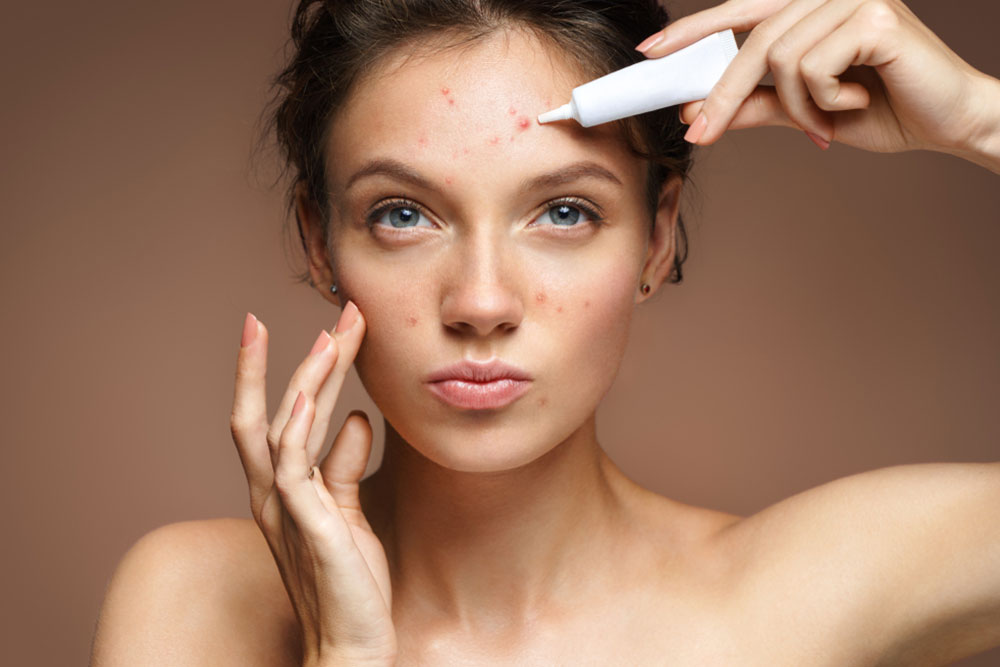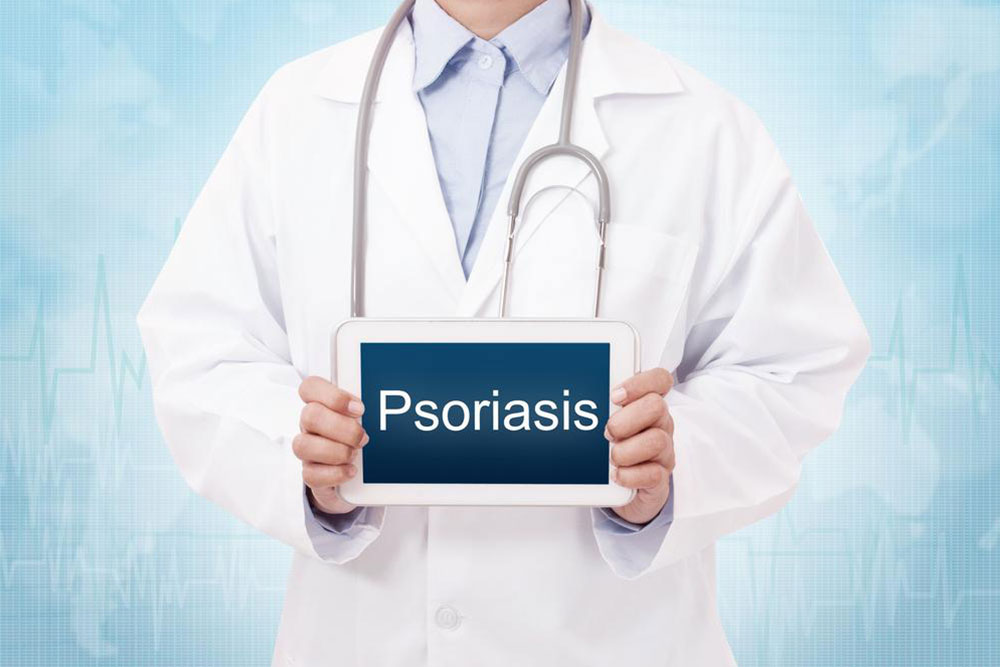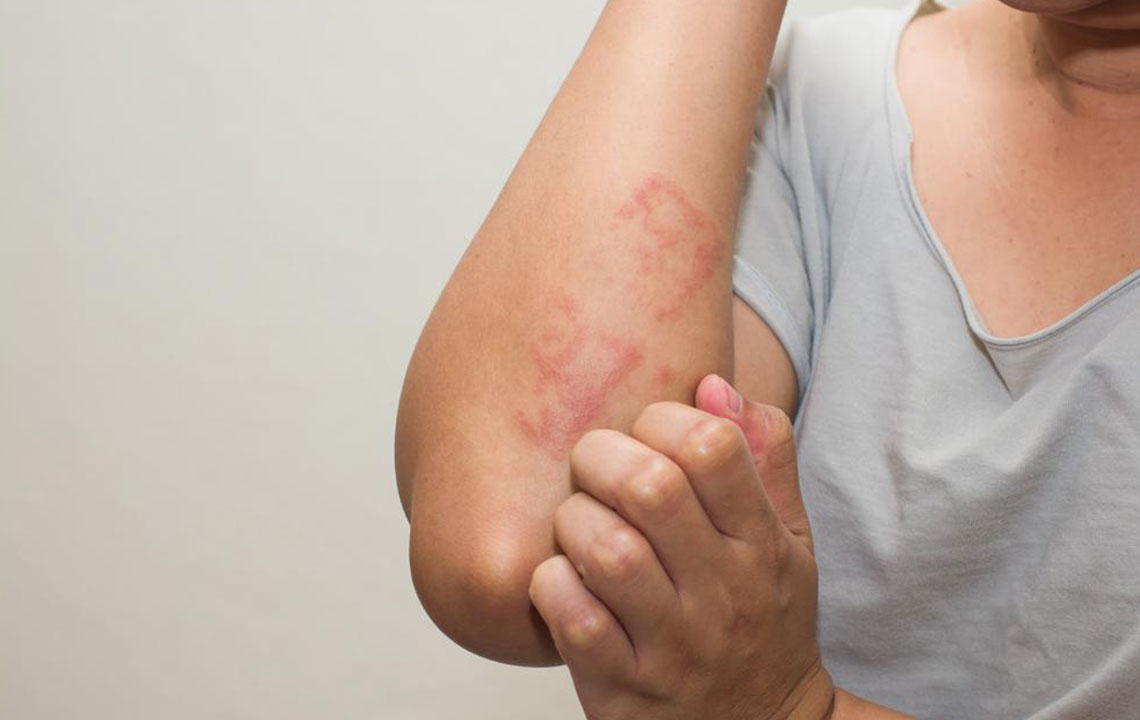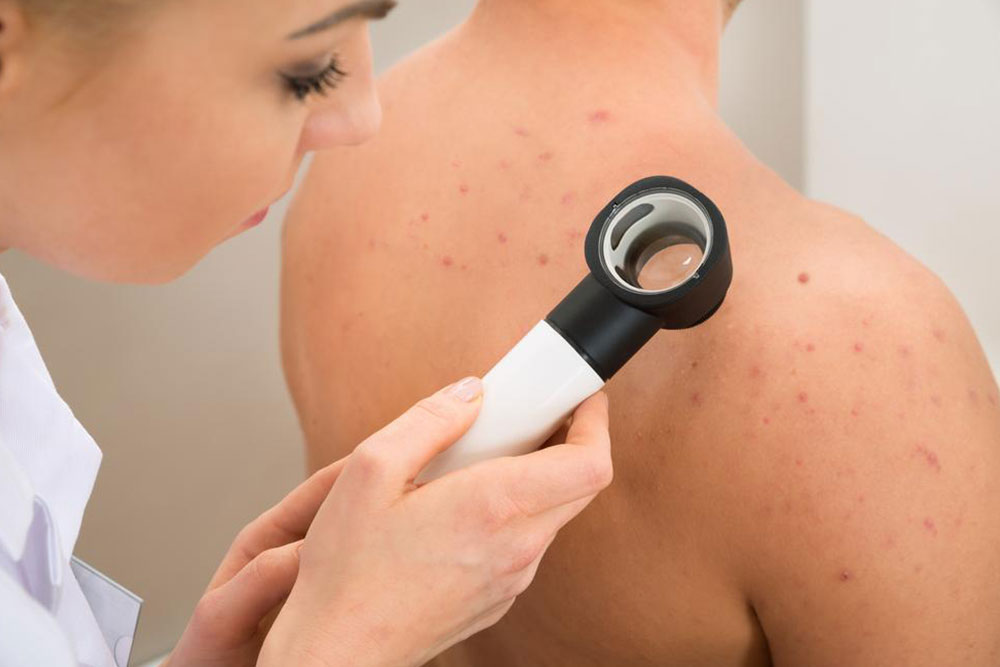Understanding Different Types of Skin Pigmentation and Lesions
This article provides an in-depth overview of common skin spots and lesions, including cherry angiomas, skin tags, warts, dermatofibromas, seborrheic keratosis, and sunspots. It explains their causes, appearance, and whether they require medical treatment. Recognizing these benign growths can help you determine when to seek professional advice. The piece emphasizes the importance of consulting a dermatologist for proper diagnosis and personalized care, ensuring your skin health is maintained effectively.
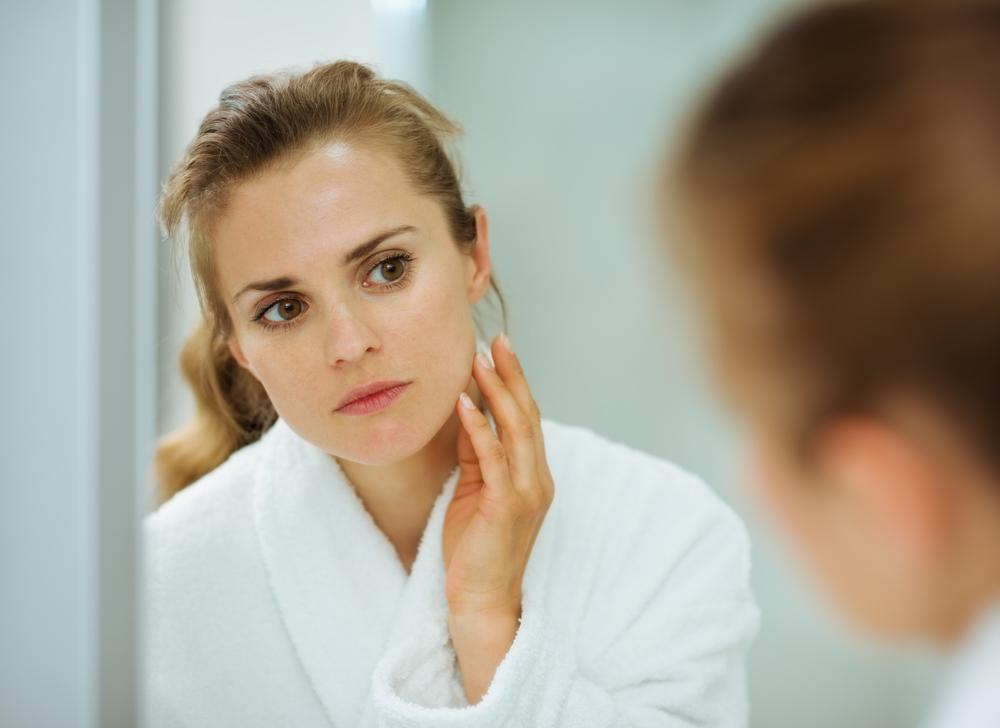
Understanding Different Types of Skin Pigmentation and Lesions
An Overview of Common Skin Spots and Blemishes
Uneven or abnormal skin spots can be a cause for concern due to their appearance and potential health implications. When new spots emerge, it’s important to consult a dermatologist for proper diagnosis. Recognizing the various types of skin blemishes can help you determine whether medical attention is necessary.
Below are some prevalent skin spots you might encounter throughout your life.
What is a cherry angioma?
Cherry angiomas are small, red growths on the skin, often called red moles.
These benign skin nodules can develop anywhere on the body. Their bright red appearance results from clustered blood vessels.
They are also known as Campbell de Morgan spots or senile angiomas.
Typically affecting individuals over 30, these growths are harmless and do not pose health risks.
What are skin tags and are they dangerous?
Skin tags are additional skin growths that are medically benign. They usually appear as soft, flesh-colored pieces that can form in clusters.
Skin tags are usually harmless unless located where clothing or jewelry may cause irritation or friction.
If removal is desired, dermatologists can easily freeze or numb the tags before snipping them off.
Where do warts typically form, and what causes them?
Warts are caused by the human papillomavirus (HPV) and can appear in various strains.
They develop after the virus contacts the skin, leading to benign growths.
Warts can appear on any part of the body, including the face, hands, and feet, but are most concerning when found on the genitals.
What is dermatofibroma?
Dermatofibromas are small, firm nodules presenting as pink or brown spots.
Commonly occurring on the lower limbs, they are also called cutaneous fibrous histiocytomas.
All age groups and ethnicities can develop dermatofibromas, though women are more affected than men.
These growths are benign and can be removed surgically if they cause discomfort or aesthetic concerns.
Is seborrheic keratosis a skin spot?
Yes, seborrheic keratosis is a common benign skin lesion, often seen as brown, tan, or black patches.
These spots are most visible on the face, neck, and shoulders.
Generally painless and harmless, they typically do not require treatment.
What are sunspots, and what are they called?
Sunspots, also known as solar lentigines, are darkened patches caused by prolonged sun exposure.
They usually appear on sun-exposed skin such as the face, chest, arms, and shoulders and resemble clusters of dark moles.
They do not lead to skin cancer and can be prevented through sun protection measures.

